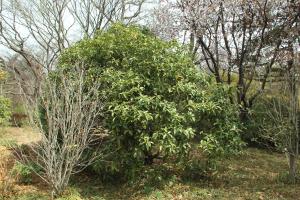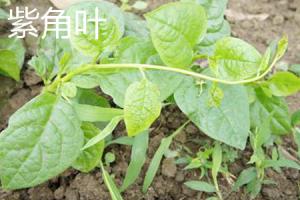Introduction
Wisconsin Fast Plants are popularly used for educational purposes in the field of biology. These plants are easy to grow and have a short life-cycle, making them ideal for classroom experiments. One of the most critical aspects of growing Wisconsin Fast Plants is watering. This article will provide a comprehensive guide on how often to water Wisconsin Fast Plants.
Understanding Wisconsin Fast Plants Watering Needs
Before discussing how often to water Wisconsin Fast Plants, it is essential to understand their watering needs. These plants require consistent and regular watering to thrive. Wisconsin Fast Plants have shallow roots that need to be kept moist at all times. However, over-watering can be harmful to the plant, as it can lead to fungal diseases and root rot. Proper watering techniques are crucial to the plant's growth and development.
Factors that Affect Watering
Several factors need to be considered when determining how often to water Wisconsin Fast Plants. These include the plant's growth stage, pot size, soil type, humidity, temperature, and water quality. Young plants require more frequent watering than mature plants. A smaller pot will require more watering than a larger pot, as the soil dries out faster. Sandy soils dry out faster than clay soils, and high humidity and temperatures can increase the plant's water loss. Additionally, impurities in the water can affect the plant's growth, making it essential to use clean, distilled water for watering.
How Often to Water Wisconsin Fast Plants
The frequency of watering Wisconsin Fast Plants will depend on the factors mentioned earlier. As a general rule, it is recommended to water the plant once a day, preferably in the morning. This will provide enough water for the plant's needs without saturating the soil. However, this can vary depending on the plant's growth stage and environmental conditions. Young plants require more frequent watering than mature plants, while high humidity and temperatures can increase the plant's water loss and require more frequent watering. On the other hand, cooler temperatures and low humidity may reduce the plant's water loss, requiring less frequent watering.
Signs of Under or Over Watering
Proper watering is critical to the plant's growth and development. Under or over-watering can harm the plant and reduce its yield. Signs of under-watering include wilting, dry soil, and reduced growth. On the other hand, signs of over-watering include yellow leaves, mold or fungus growth, and root rot. It is essential to monitor the plant regularly for signs of under or over-watering and adjust the watering schedule accordingly.
Conclusion
Watering Wisconsin Fast Plants is crucial to their growth and development. Consistent and regular watering is necessary to keep the shallow roots moist, but over-watering can be harmful to the plant. Several factors need to be considered when determining the frequency of watering, including the plant's growth stage, pot size, soil type, humidity, temperature, and water quality. It is essential to monitor the plant regularly for signs of under or over-watering and adjust the watering schedule accordingly. With proper watering techniques, Wisconsin Fast Plants can thrive and provide a valuable educational experience.

 how many times do yo...
how many times do yo... how many planted tre...
how many planted tre... how many pine trees ...
how many pine trees ... how many pecan trees...
how many pecan trees... how many plants comp...
how many plants comp... how many plants can ...
how many plants can ... how many plants and ...
how many plants and ... how many pepper plan...
how many pepper plan...

































